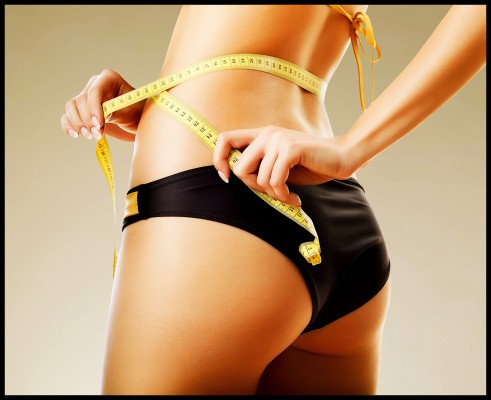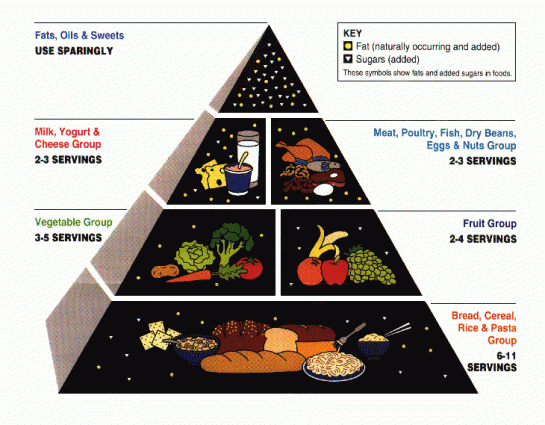Part Two – Crowded Shelves, Empty Pockets and CoQ10

In our last blog post, I highlighted that there are over 29,000 different natural health products available for today’s consumer; that’s approximately 17,000 more products than IKEA offers to its on-line customers. And unless you’re Bill Gates, swallowing a monthly buffet of supplements will quickly send your bank account plummeting into the red. This then begs the question — how does one choose among the plethora of pills?
The simple answer is there is no single answer. What pills to pop, powders to mix, and drops to drop will vary greatly from individual to individual, but there are a couple of supplements that everyone should consider taking; one of those products is CoEnzyme Q10, or Q10. Continue reading Navigating the Complex World of Supplements









